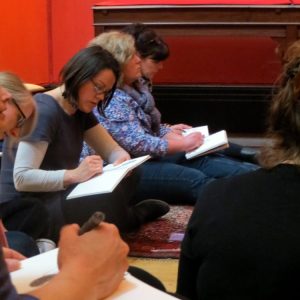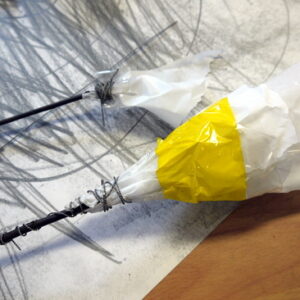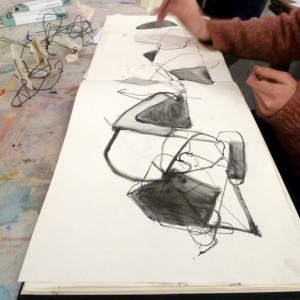Using Drawing to Get Closer to 18th Century Portraits at the Fitzwilliam Museum, Cambridge
This post shares how Paula Briggs and Sheila Ceccarelli from AccessArt and Kate Noble from the Fitzwilliam Museum, Cambridge, used drawing exercises to take a closer look at 18th Century portraits.

The Bradyll Family by Reynolds – Introduction by Kate Noble

Portraits are a really good way of exploring relationships between people.
We looked at family portrait, looking at The Bradyll Family by Reynolds and we started by thinking about who the most important person in the picture is.
We considered body language, facial expression, background and accessories and discussed how the artist communicated the different roles and personalities of the family.
We noticed how the father occupies a large part of the picture and is standing up straight, wearing bright red clothes and is staring straight at you. The boy is also standing upright and his pose and body language are an echo of his father; a clever device which reveals who will go on to inherit the family’s wealth and title.
The mother takes a more passive role and is seated, gazing out of the picture whilst she strokes the ear of the family pet.

Find out more about this painting in our Fact Sheet for Teachers
Exercise One – Using Contour Drawing to Explore a Painting

Teachers were then encouraged to translate the process of looking and pointing into confidently drawing lines on the paper. They were encouraged to explore looking at the painting from the top to the bottom and see how that translated into lines. They were encouraged to look more at the painting than the paper.
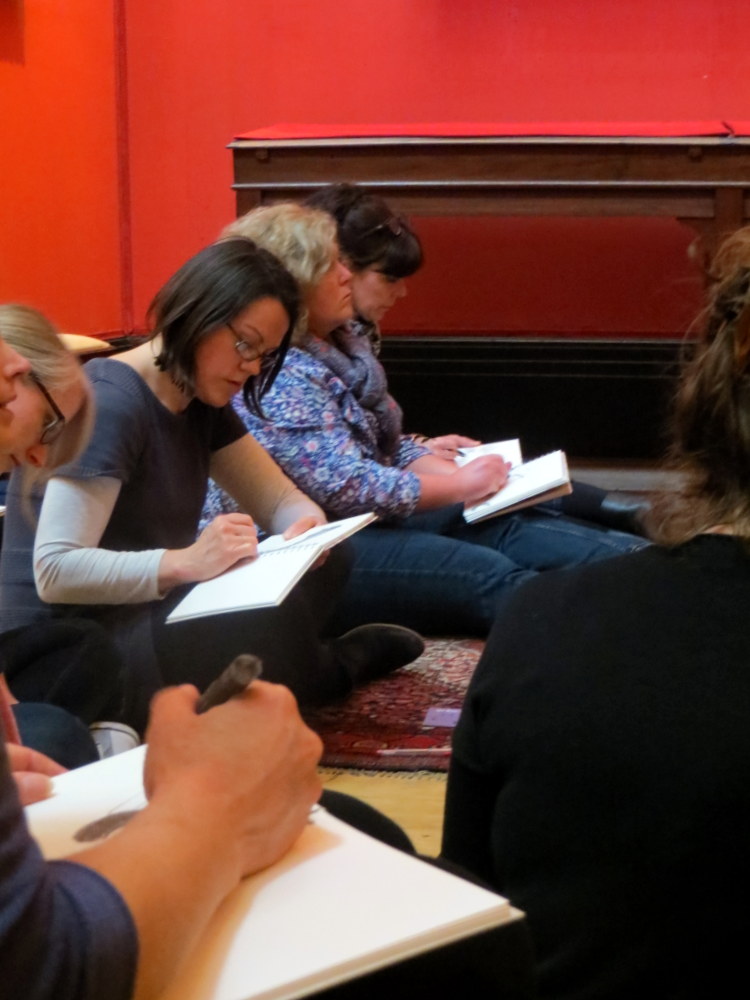
They then repeated the exercise looking at the painting from left to right and right to left.
The intention of this exercise was to emphasise drawing as a means to looking and as a means to capturing representational interpretations of the paintings in front of them.


Exercise Two: Drawing with String and Building a Drawing

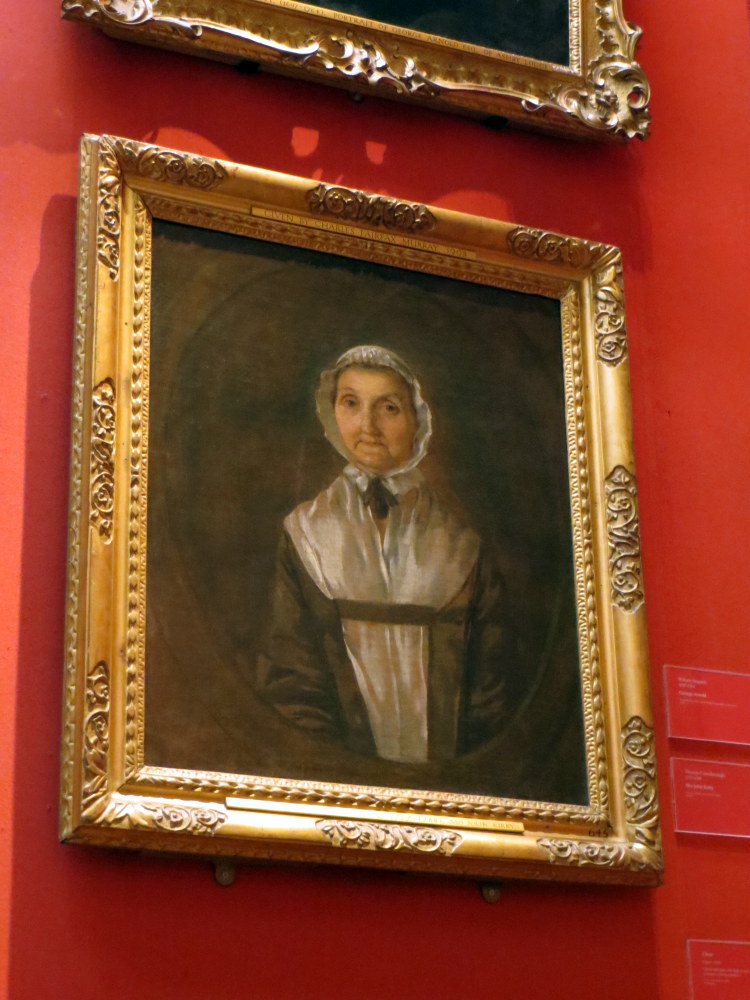



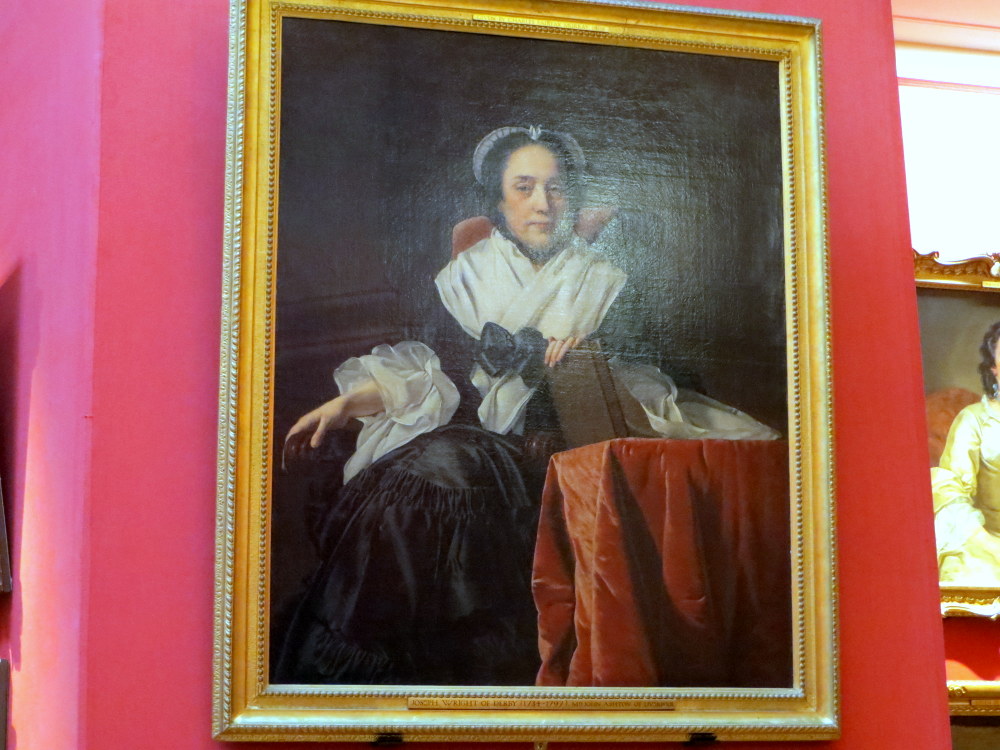
Many thanks to the teachers who participated in this InSET training session for sharing their process with AccessArt and the Fitzwilliam Museum, Cambridge.
Many thanks to Pink Pig Sketchbooks for their generous donation of sketchbooks to AccessArt.
Photos by Paula Briggs.















